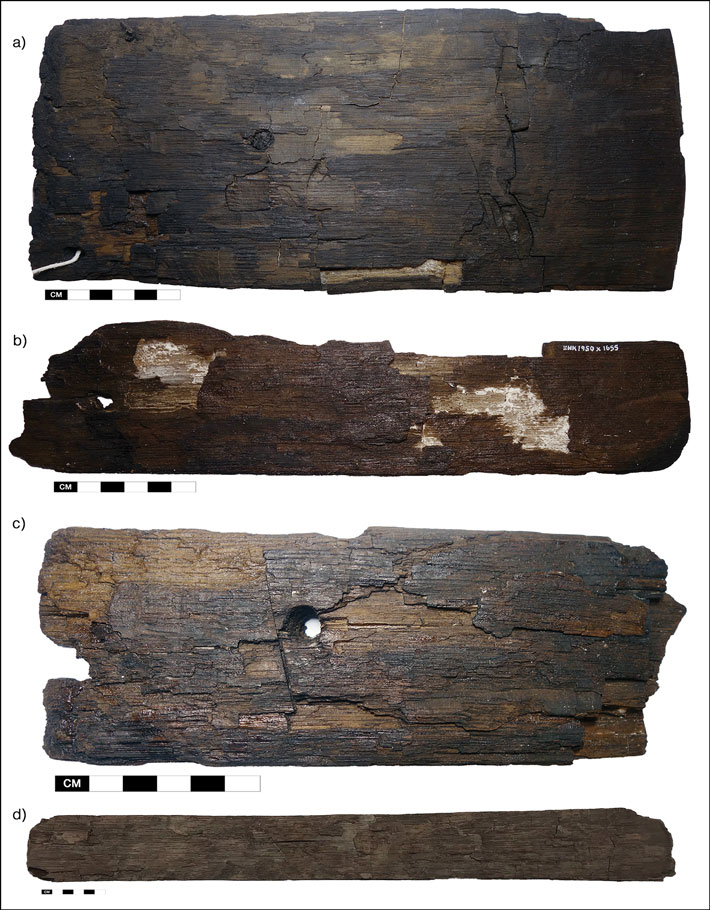 REYKJAVIK, ICELAND—According to a statement released by Antiquity, Lísabet Guðmundsdóttir of the University of Iceland and her colleagues analyzed wood collected in western Greenland from five Norse archaeological sites occupied between A.D. 1000 and 1400. Four of the sites were medium-sized farms, while one was a high-status manor. Microscopic examination of the cellular structure of the samples revealed that about 25 percent of them came from larch, spruce, Scots pine, and fir trees. These species likely arrived in Greenland in the form of European barrel staves, ship timber, and imported raw materials. Samples from hemlock and Jack pine trees, which were not present in northern Europe at the time, are thought to have come to Greenland from the east coast of North America, as described in Norse sagas. As much as 50 percent of the wood used in Norse settlements in Greenland is thought to have been driftwood. To read about the abandonment of Norse settlements in Greenland in the fifteenth century, go to "Around the World: Greenland."
REYKJAVIK, ICELAND—According to a statement released by Antiquity, Lísabet Guðmundsdóttir of the University of Iceland and her colleagues analyzed wood collected in western Greenland from five Norse archaeological sites occupied between A.D. 1000 and 1400. Four of the sites were medium-sized farms, while one was a high-status manor. Microscopic examination of the cellular structure of the samples revealed that about 25 percent of them came from larch, spruce, Scots pine, and fir trees. These species likely arrived in Greenland in the form of European barrel staves, ship timber, and imported raw materials. Samples from hemlock and Jack pine trees, which were not present in northern Europe at the time, are thought to have come to Greenland from the east coast of North America, as described in Norse sagas. As much as 50 percent of the wood used in Norse settlements in Greenland is thought to have been driftwood. To read about the abandonment of Norse settlements in Greenland in the fifteenth century, go to "Around the World: Greenland."
Study Suggests Greenland’s Norse Farmers Imported Wood
